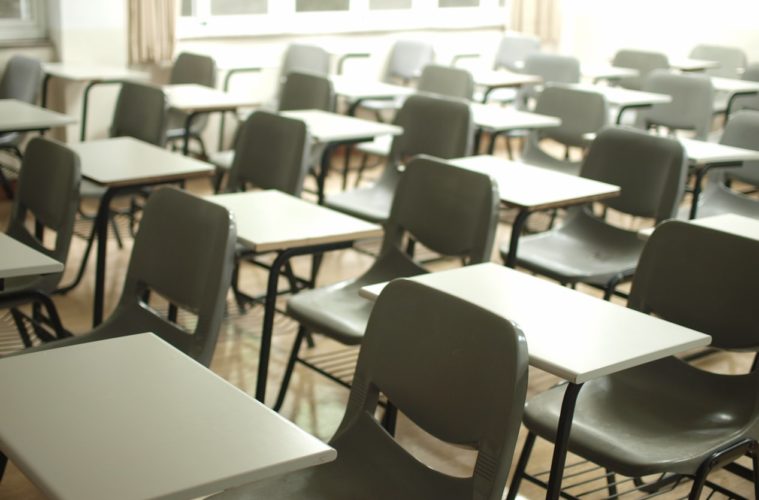On Monday, Mar. 1, California Gov. Gavin Newsom announced a $6.6 billion legislative initiative that focuses on the core goal of providing financial support to reopen California schools for in-person education by April 1.
“We expect that all of our TK-2 (2nd grade) classrooms will open within the next month. We want to see more happen beyond that,” Newsom said during a press conference on Monday, Feb. 1.
The governor cited increasing vaccination totals statewide, along with steep declines in daily COVID-19 cases and COVID-19 related hospitalizations, as indicators of forward progress against the COVID-19 pandemic.
“Since the height of the winter surge, we have successfully shifted the conversation from whether to reopen schools to when,” he said. “Now, our collective charge is to build on that momentum and local leadership, and – just as critically – do whatever it takes to meet the mental health and academic needs of our students, including over the summer.”
Monday’s press conference was also a chance to revisit previously announced legislation aimed at directing funds toward California’s push to reopen schools.
The $6.6 billion package to reopen schools in California is built around Assembly Bill 86, the COVID-19 relief and school reopening, reporting and public health requirements legislation, which was introduced in December.
“We incentive opening up our schools by providing real resources to do it,” Newsom explained.
Newsom plans to sign the multi-billion dollar legislation into action on Thursday, Mar. 4.
During Monday’s press conference, Newsom detailed how AB 86 will become the financial backbone of reopening schools for in-person education in California.
AB 86 allocates $2 billion to fund safety measures to support in-person instruction, such as grants for personal protective equipment, COVID-19 testing, and school ventilation upgrades. The additional $4.6 billion would fund expanded learning opportunities, such as summer school, tutoring and mental health services.
Within the fine print of AB 86, the state has also set aside finances for vaccine prioritization and accelerated access for K-12 staff.
The $6.6 billion legislation to reopen California schools also provides $25 million to the State Safe Schools Team, which is the accountability and oversight entity that has provided technical assistance for 10,000 public schools in California during the pandemic.
A county’s tier status within California’s Blueprint for a Safer Economy will determine what grades will begin in-person instruction, and when. Newsom added that vaccinations are no longer playing a role in the state’s plan to reopen schools.
Per the guidance issued by the governor’s office, all public schools in the Red Tier or better (Orange, Yellow) are required to offer in-person education to all elementary grades and at least one middle or high school grade.
While schools are not required to open, if a school elects to opt-out of reopening for in-person education, those institutions will lose “1 percent of eligible funds every day thereafter if they do not,” according to the legislation.
While students inside Irvine Unified School District have been engaged in hybrid learning since September 4, the district has not yet released the 2021-22 models of education.
In an email with Irvine Weekly, Annie Brown, Public Information Officer for IUSD, explained that the district did not have a comment on Monday’s announcement, adding that it was too early to determine what next year’s academic models would include.
“We have informed our community that it is too soon to know what the academic models will look like for the 2021-22 school year,” Brown wrote.
Elsewhere, students in Los Angeles Unified School District have been limited to remote, virtual-learning since the pandemic shut down schools last March.
On Monday, March 1, LAUSD released a plan to reopen schools in mid-April.
Advertising disclosure: We may receive compensation for some of the links in our stories. Thank you for supporting Irvine Weekly and our advertisers.

